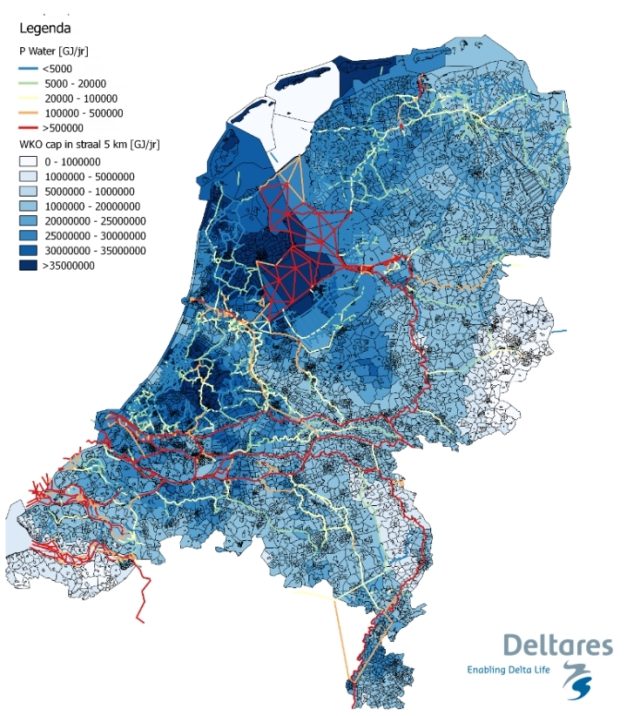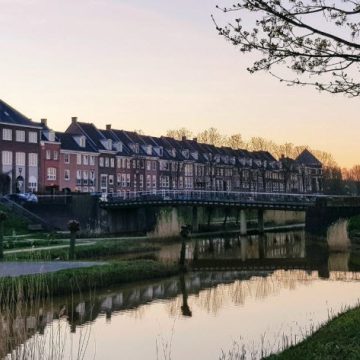National potential of aquathermal energy
One of the options that has received limited attention in the heating transition to date is aquathermal energy. In this study, CE Delft and Deltares produced an estimate of the potential of the various types of aquathermal energy. Their assessment demonstrated that the lack of attention is not justified: aquathermal energy could, in theory, make a significant contribution to the heating transition.
Analysis and review of the possibilities
There is a lot of surface water in the Dutch delta. In theory, the thermal potential of this water exceeds the total heat requirements of the Netherlands. The economic potential is estimated at about 150 PJ a year, more than 40% of the total future heat requirement in the built environment of 350 PJ per year.
Thermal energy from waste water

Alongside surface water, waste water in the Netherlands also has considerable thermal potential. This thermal potential can be released at various points in the chain (wastewater pumping stations and wastewater treatment plants). Tauw and IF Technology analysed the possibilities. They conclude that TEA has an economic potential of around 56 PJ annually.
Thermal energy from drinking water
Heat is released during the production of drinking water. This heat can be used to warm up buildings. A KWR analysis has estimated the potential at around 4-6 PJ annually.
That study presents the overall potential of the different options but the different sources cannot simply be added up: they overlap. So the total potential is not the sum of the three sources. Further analyses will be required to determine the joint potential. This also applies to the assessment of the realistic market potential. This involves comparing the aquathermal-energy approaches with alternative, competing techniques.

